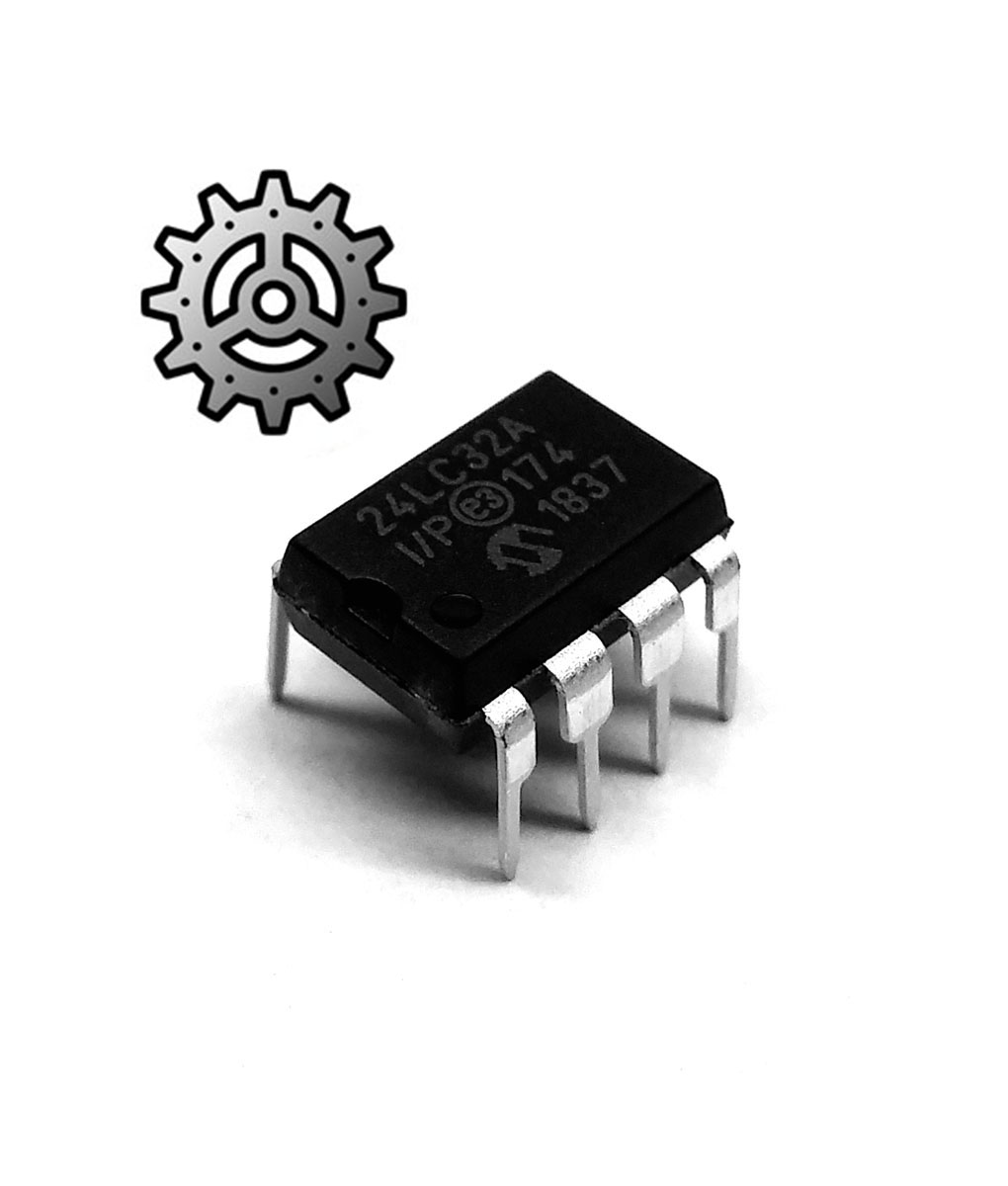daeg
Well-known member
Also, this wasn't brilliant or anything. It was stupidly simple to rectify your signal (analog octave up) on the FV-1. You just ran through the absolute value instruction which IIRC was called MAX. The part that I got lost tweaking for days was the envelope detector and control to fade one signal out as the other came in.
I still think the concept has promise as both 'analog' and 'digital' octaves octaves have something that the other needs.
I still think the concept has promise as both 'analog' and 'digital' octaves octaves have something that the other needs.





